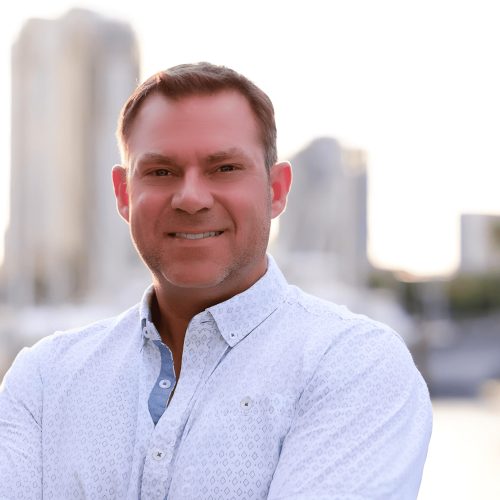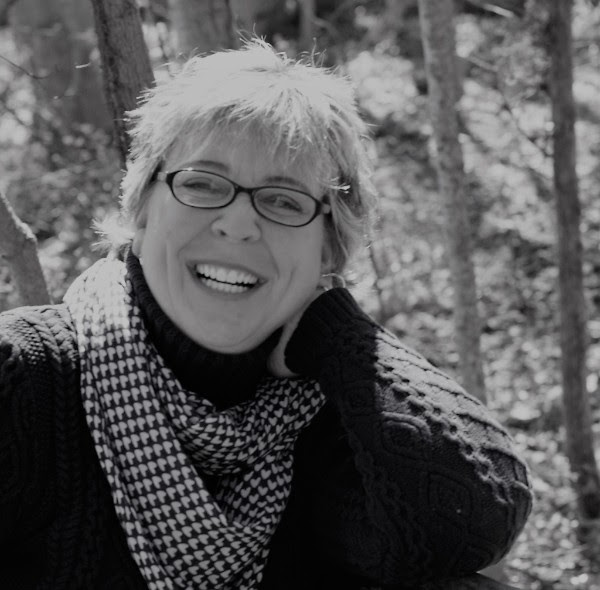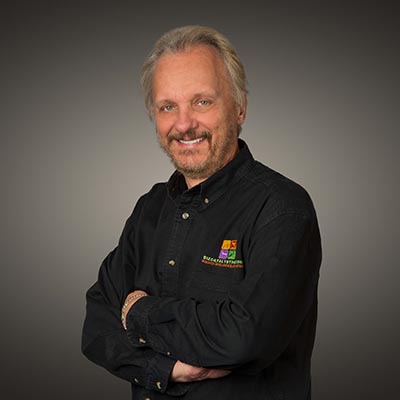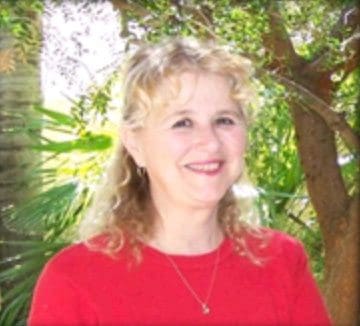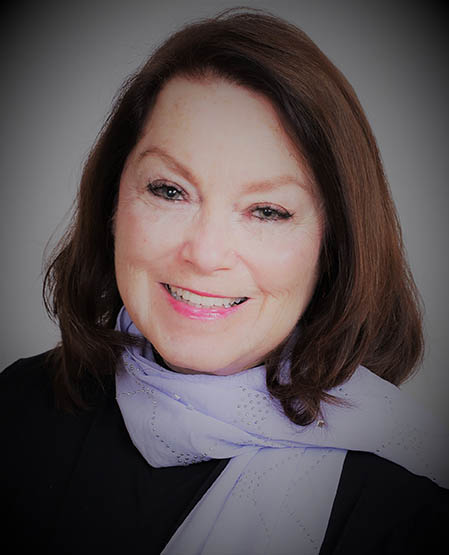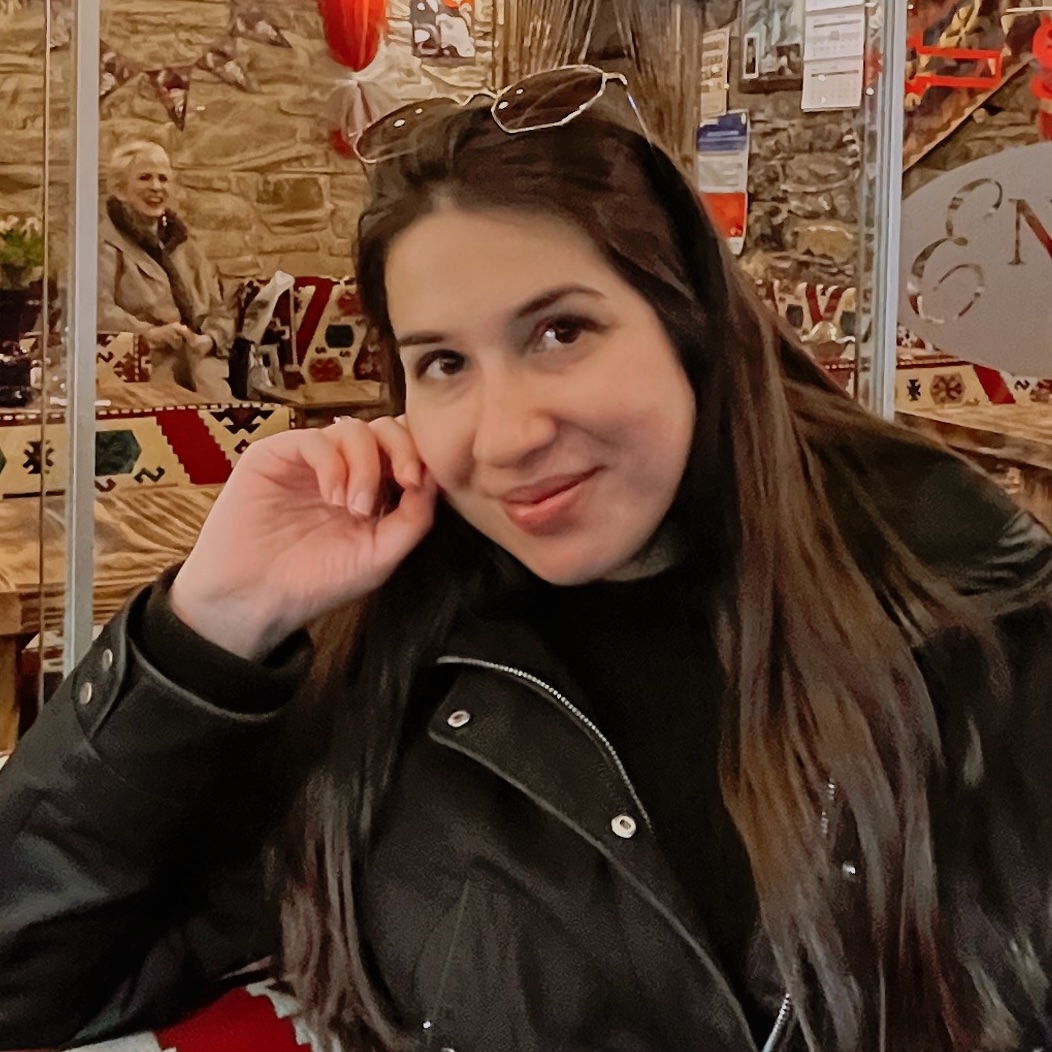The Power of One – 6 Ways Julia Butterfly Hill’s Stand for a Redwood Tree Changed the World
In a world where many of us are searching for purpose, direction, and the courage to take bold steps, the story of Julia Butterfly Hill stands out as a remarkable testament to the power of one person, one choice, to create lasting change.
Imagine this: 180 feet above the ground, a young woman clings to the branches of an ancient redwood tree, the wind howling around her, the rain pelting her face. Her only shelter is a small platform, barely big enough to hold her and a few basic supplies. Below her, the forest floor is a battleground—scarred and blackened by clear-cutting and fires. This is where Julia Butterfly Hill spent 738 days, living in the canopy of a 1,000-year-old tree named Luna, to protect it from being destroyed.
It sounds like something out of a novel, but it’s real. Julia’s courageous act of civil disobedience was more than just a protest—it was a profound message to the world about the destruction of our ancient forests and the critical importance of preserving the natural world. Her story captivated people globally, bringing attention not only to the plight of the redwoods but to broader environmental and social justice issues. Julia became a symbol of resilience, determination, and hope, inspiring millions to consider how one person’s actions can truly make a difference.
Through Julia’s story, we’ll explore six key lessons that each of us can take away—lessons that can guide us in our own personal journeys, just as they did for her. As we dive into her story, I want you to think about how these lessons apply to your own life. What challenges are you facing? What causes stir something deep within you? And most importantly, what action can you take, today, to make a difference in the world?
Let’s dive in and explore The Power of One—and discover the lessons we can all learn from Julia Butterfly Hill.
Julia Butterfly Hill’s Story: A Decision That Changed Everything
Born in 1974 to a religious, evangelical family, Julia grew up with a strong sense of purpose, but her life’s mission didn’t become clear until she encountered the redwoods of Northern California. She was 23 years old when she first visited those towering giants, some over a thousand years old, in Humboldt County. The awe and majesty of these ancient trees left her speechless. Standing beneath their vast canopies, she felt a profound connection to something far greater than herself.
But her awe quickly turned to devastation. As she ventured deeper into the forest, she witnessed the stark reality of clear-cutting. Vast sections of the forest had been reduced to barren, scorched land, left desolate by logging companies.The sight of ancient trees, which had stood for millennia, reduced to nothing but stumps and ash, shook her to the core. It was in that moment that something inside her changed. She felt an urgent, inescapable responsibility welling up within her—a call to action that she could not ignore.
Imagine being in her shoes at that moment—feeling that moral weight but not knowing where it would take you. Julia didn’t have a plan. She had no experience in environmental activism, no organization behind her, and no clear roadmap for what to do next. But she knew one thing with certainty: standing by and doing nothing was not an option. The destruction she saw ignited a fire in her, a deep conviction that she had to do whatever she could to stop it. She was driven not by expertise, but by a powerful sense of purpose.
We’ve all been there—witnessing an injustice, feeling the weight of responsibility, but unsure of where to begin. It’s easy to feel powerless, to assume someone else will take the lead. But Julia didn’t wait for anyone. The devastation she witnessed demanded immediate action, and she felt compelled to respond.
In December 1997, with nothing more than her conviction, Julia climbed into the branches of a giant redwood tree she named Luna. Her goal was simple yet monumental: to prevent the tree from being cut down by the logging company. What began as a short-term protest quickly evolved into something far greater. Julia ended up living in Luna’s branches, 180 feet above the ground, for an astonishing 738 days—over two years.
Her time in Luna was challenging. Julia faced harsh weather, isolation, and the constant threat of forced removal by the logging company. She endured freezing rain, howling winds, and bitter cold, all while grappling with a level of loneliness most of us can hardly imagine. Yet, despite the overwhelming physical and emotional challenges, she stayed.
Over time, Julia began to realize that her protest was teaching her more than she ever anticipated. As the days turned into weeks, and the weeks into months, she noticed something profound: every choice she made had a ripple effect. Every drop of water she gathered from the sky, every bite of food her support team brought to her, reminded her of how deeply interconnected we are with the planet and with one another. Her protest was no longer just about saving one tree; it symbolized the importance of intentional living and the impact of every action we take.
Julia’s stand drew international attention. Environmentalists, activists, and supporters from around the globe rallied to her cause, bringing her message of environmental preservation to the forefront of the global conversation. Eventually, her sacrifice paid off. The logging company agreed to protect Luna and the surrounding grove, creating a buffer zone that would safeguard the ancient tree from future destruction. Julia’s commitment had made a lasting impact—not just for Luna, but for the entire movement dedicated to saving ancient forests.
So, why does Julia’s story matter to you, our viewers and listeners? It’s because Julia wasn’t a seasoned activist when she started. She didn’t have a platform or significant resources. In many ways, she was just like any of us—someone who saw a problem and felt compelled to act. And that’s the heart of what we explore on Passion Struck: the idea that each of us, no matter where we begin, has the potential to create lasting change when we follow our passion and step into our purpose.
6 Lessons on the Power of One
As we explore the story of Julia Butterfly Hill and her remarkable stand for an ancient redwood, we uncover a series of powerful lessons on what it means to embrace the power of one. Julia’s journey—filled with moments of courage, resilience, and profound personal insight—shows us how a single person, when guided by conviction, can create ripples of change that extend far beyond themselves.
These six lessons highlight the key principles Julia embodied during her 738 days in the canopy of Luna. Each one serves as a reminder that real change doesn’t always come from large numbers or big movements; sometimes, it starts with a single decision made by one determined individual.
As we delve into each lesson, consider how these insights apply to your own life and your own journey. You don’t have to live in a tree to make an impact. But by embracing the essence of these lessons, you, too, can harness the strength, resilience, and courage to create meaningful change.
Lesson 1: Listen to Your Heart: Stand for Something, Even When You’re Alone
The first powerful lesson we can learn from Julia Butterfly Hill’s journey is the courage to stand for something you believe in, even when it feels like you’re standing alone.
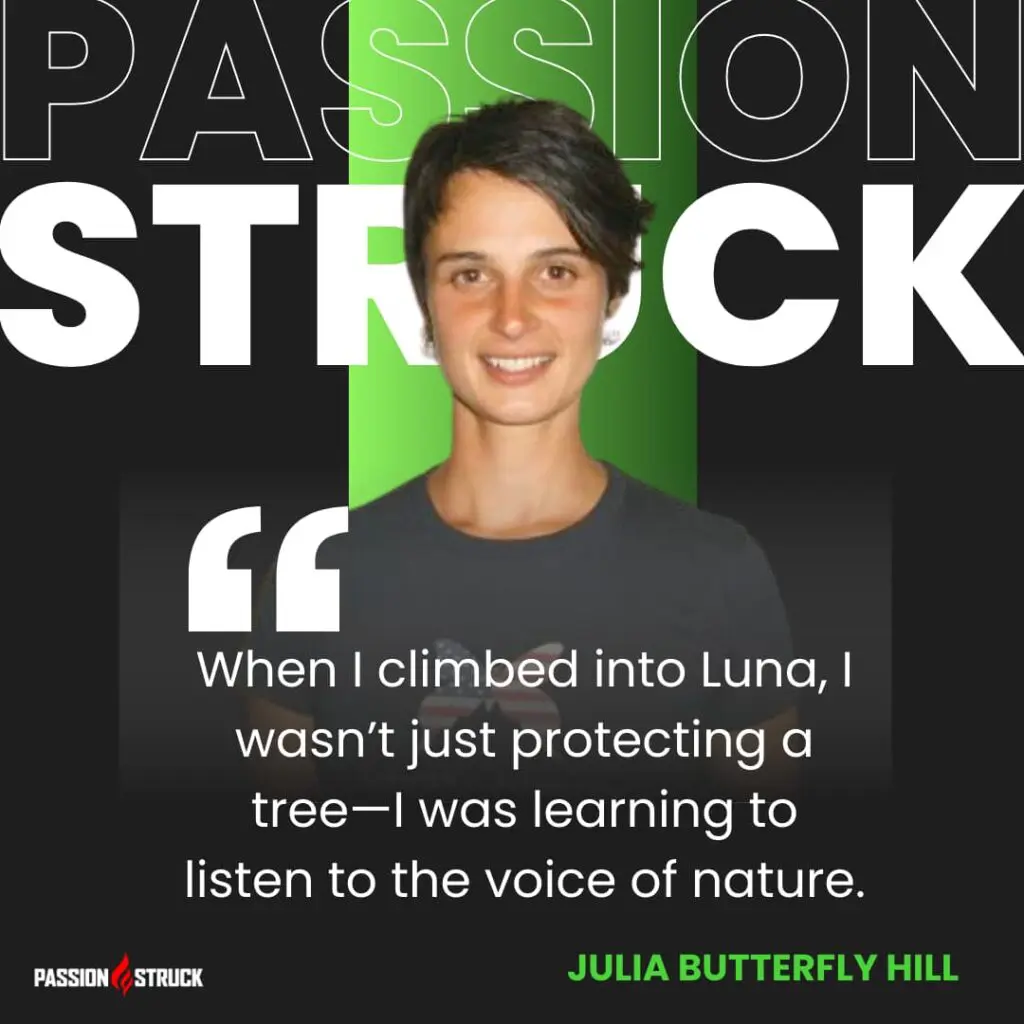
When Julia first stepped into the redwoods, she wasn’t an activist. She didn’t have a team of supporters or a large organization backing her. She was simply a young woman deeply moved by the destruction of an ancient forest, and that emotional response became the catalyst for her activism. Julia didn’t wait for someone else to take the lead—she acted on her convictions, even though the path ahead was uncertain.
It would have been easy for Julia to walk away. After all, who would blame her? She wasn’t responsible for the destruction of the forest, and she could have chosen to ignore it like so many others. But she couldn’t. Her sense of duty compelled her to act, and that’s where the lesson for us comes in: true change starts when we decide to take a stand, even if we’re standing alone.
Imagine being in her position: isolated in the branches of a tree, facing not only the physical elements but also opposition from logging companies and even hostility from those who didn’t understand her cause. It would have been easy to give up. But Julia’s unwavering belief that one person could make a difference kept her going.
Her decision to live in that tree for over two years was an act of sheer willpower and belief. In fact, much of her early time in Luna was spent in isolation, facing the elements, hostile loggers, and her own doubts. Yet, she remained steadfast, driven by the belief that one person could make a difference.
What Julia’s story shows us is that you don’t have to be an expert to start making a difference. You don’t need an organization or an army behind you. What you need is a cause you believe in and the courage to take a stand, even if no one else is standing with you. That’s the power of conviction. That’s the power of one.
As you reflect on what you are willing to stand for, even if you’re standing alone, remember that true transformation often begins with a single, courageous step. Julia Butterfly Hill didn’t wait for permission or validation to take her stand for the redwoods. She knew that the change she wanted to see had to start with her, and she committed fully, even when the journey was uncertain.
Which brings us to the next lesson: every choice matters.
Lesson 2: The Power of One: Every Choice Matters
After Julia Butterfly Hill committed to her stand in Luna, she quickly realized that living in the tree was not just a test of endurance but a daily reminder of the impact of small, everyday decisions.
Living 180 feet above the ground, Julia had no room for waste—every item she used, every piece of food her support team delivered had to be managed with care. Water, something most of us take for granted, was collected from rain. Food was rationed and sent up with difficulty. Everything became precious. And in that simplicity, Julia began to reflect on how our lives on the ground are often filled with wasteful habits—habits we rarely think about because of the ease and abundance surrounding us. In Luna, Julia had no such luxury.
What struck her was how these small, everyday decisions were no longer just about personal survival—they became a metaphor for the broader impact humans have on the planet. Julia realized that the choices we make daily—whether to use a plastic container or a reusable one, to waste water or conserve it—are not insignificant. They reflect a deeper connection we have to the earth, and ultimately, the consequences of these actions ripple outward, affecting ecosystems, communities, and future generations.
In Luna, she began to see the world through a new lens, one that recognized how deeply intertwined we are with nature. Her isolation heightened her sensitivity to every resource she used, making her hyper-aware of the effects of consumption. Julia’s time in the tree taught her that there is no “away”—everything we dispose of has to go somewhere.
This leads us to the second key lesson from Julia’s experience: every choice matters. The way we consume resources, the items we use, the waste we produce—they all have lasting effects. And while we might not be living 180 feet up in a tree, each of us has the opportunity to make mindful choices that align with the values we want to uphold.
Julia’s experience in Luna was a lesson in living intentionally. Every drop of water, every scrap of food, every decision she made mattered—and through that, she understood how our seemingly small actions shape the world around us. So, what kind of impact do you want your choices to have? Do they reflect the kind of world you wish to live in?
But here’s the thing: understanding the importance of our choices is only part of the journey. Julia’s time in Luna didn’t just teach her about the impact of small decisions; it also sparked a personal transformation.
Lesson 3 – Embrace Discomfort: The Courage to Transform
Julia Butterfly Hill’s journey in Luna was not just about saving a tree—it was about her own transformation. Before she ever climbed into the branches of that ancient redwood, Julia was not an environmental activist. She had no formal training, no experience in activism, and no clear path forward. In fact, she chose the name “Butterfly” long before her time in the tree, as a symbol of metamorphosis—a reminder that we are all capable of profound personal change.
Just as a caterpillar undergoes an extraordinary transformation to become a butterfly, Julia underwent her own metamorphosis during her 738 days in Luna. She entered the redwoods as someone deeply moved by the destruction of the forests, but she emerged as a powerful voice for the environment—an international symbol of resilience, courage, and transformation. Her time in the tree transformed her from an ordinary person into a leader of a global movement.
But transformation never comes without challenges. Julia’s journey was filled with them. The physical hardship of living 180 feet above the ground in the midst of harsh weather, freezing rain, and relentless wind would have been enough to break many people. Add to that the emotional toll of being isolated for months on end, and the constant threats from the logging company, and it becomes clear that Julia’s stand in Luna required immense strength—both physical and mental.
There were moments when she questioned her decision. Doubt crept in, as it does for all of us when we’re faced with seemingly insurmountable obstacles. Julia wasn’t immune to fear or uncertainty, but what set her apart was her refusal to give up. True courage isn’t the absence of fear—it’s the ability to move forward despite it. Julia allowed herself to be shaped by these hardships, to grow through the discomfort, and to embrace the transformation that was taking place inside her.
Her story teaches us that transformation is uncomfortable. It challenges everything we thought we knew about ourselves. The process of becoming the people we’re meant to be often requires us to face trials that push us to our limits. For Julia, those limits were tested every day she spent in Luna. But through those challenges, she found a new strength, a deeper understanding of her own resilience, and a profound Clarity about her purpose in the world.
This is the lesson we can all take from Julia’s experience: transformation isn’t easy. It will test us, make us question ourselves, and push us beyond our comfort zones. But true courage lies in embracing the discomfort and allowing it to mold us into the people we’re meant to become. Julia’s journey reminds us that we don’t have to have all the answers or be perfectly prepared for the challenges ahead. What we need is the willingness to change and the courage to keep going, even when it’s hard.
So, how can you embrace transformation in your own life? What areas of your life need change, and where are you holding back because of fear or discomfort? Julia’s story invites us to step forward into our own metamorphosis, to let go of what no longer serves us, and to allow ourselves to be transformed by the challenges we face.
But while transformation is deeply personal, it’s also interconnected with the world around us.
Lesson 4 – The Disease of Disconnection: Julia Butterfly Hill and the Sacredness of Nature
Throughout her journey, Julia Butterfly Hill has often said that the environmental crises we face are not isolated problems. They are symptoms of a deeper, more pervasive issue—the disease of disconnection. It’s a concept that goes beyond trees and ecosystems; it speaks to the way we live our lives, the choices we make, and how we relate to the world around us. Julia’s time in Luna opened her eyes to just how disconnected we have become—from nature, from each other, and even from our own choices.
Julia believes that this disconnection is at the root of many of the world’s problems. When we no longer feel connected to the earth, it’s easy to make choices that harm the environment. When we fail to see how our actions affect others, we lose sight of the bigger picture. This disconnection fosters destruction, not just of the planet, but of communities, Relationships, and even ourselves.
“One person can make a difference. You don’t need a large organization or perfect resources—you just need to start.”
John R. Miles
For Julia, living in Luna for over two years was an opportunity to reconnect on a deeper level. High above the ground, immersed in nature, she became attuned to the rhythms of the earth. The tree became her teacher. Luna reminded her of the interconnectedness of all life, of how every action has a ripple effect, and of the importance of living with intention. This conscious living was more than just a philosophical idea—it was something Julia experienced every day. From gathering rainwater to rationing food, she learned to see the consequences of her actions more clearly than ever before.
Julia’s story teaches us that disconnection breeds carelessness, but reconnection fosters healing. The more aware we are of the impact of our choices, the more likely we are to make decisions that contribute to the well-being of the planet and those around us. Her time in Luna not only reconnected her with the natural world, but also with herself—she rediscovered her values, her purpose, and the power of mindfulness in every decision.
This lesson is incredibly relevant to us today. We live in a world that encourages disconnection. We are bombarded with distractions, living in a fast-paced society that often prioritizes convenience over care. We are encouraged to consume without thought, to disengage from the consequences of our actions, and to isolate ourselves from the natural world. But Julia’s experience reminds us that healing begins when we consciously choose to reconnect.
So how can we begin to reconnect in our own lives? It starts by paying attention—by noticing how our choices impact the world, how our actions affect others, and how we interact with nature. It’s about making intentional decisions, whether that’s choosing sustainable products, spending time in nature, or engaging with our communities. The key is to stop living a pinball life and to start living with awareness.
But reconnection isn’t just about being mindful of our actions—it’s also about how we choose to lead.
Lesson 5 – Sustainable Activism: Lead with Your Heart, Not Your Anger
When Julia Butterfly Hill first climbed into the branches of Luna, she was driven by a powerful emotion: anger. She had seen the devastation caused by clear-cutting, where forests that had stood for thousands of years were reduced to barren wastelands. The destruction of such ancient, irreplaceable ecosystems filled her with rage—rage at the logging companies, rage at the system that allowed it, and rage at a world seemingly indifferent to the crisis.
But after days and weeks alone in Luna, Julia began to realize that anger, while a natural response to injustice, is not a sustainable force. Anger burns hot and fast, but it consumes us from the inside out. If she was going to last—not just in the tree, but in her mission to save the forest—she needed something deeper to keep her grounded. She needed love.
Julia’s love for the earth, for life, and for the sacredness of the ancient redwoods is what sustained her through 738 days of physical and emotional hardship. It was love, not anger, that allowed her to endure freezing rain, blistering winds, and isolation. It was love that helped her survive the constant threats from the logging company, and the fear that at any moment, they might force her down. Love gave her the strength to keep going when her body and mind were exhausted.
This shift in Julia’s mindset—from acting out of anger to acting out of love—became one of the most profound lessons of her time in Luna. Anger, she realized, is reactive; it burns bright but is difficult to maintain over time. Love, on the other hand, is sustaining. It gives us the ability to weather the storms, both literal and metaphorical, because it connects us to something greater than ourselves.
The lesson here for all of us is that acting from a place of love is more powerful than acting from a place of anger. When we’re motivated by love, whether it’s love for the environment, for justice, or for people, we find the resilience to keep pushing forward, even when the path is difficult. Love sustains us through challenges that anger alone never could.

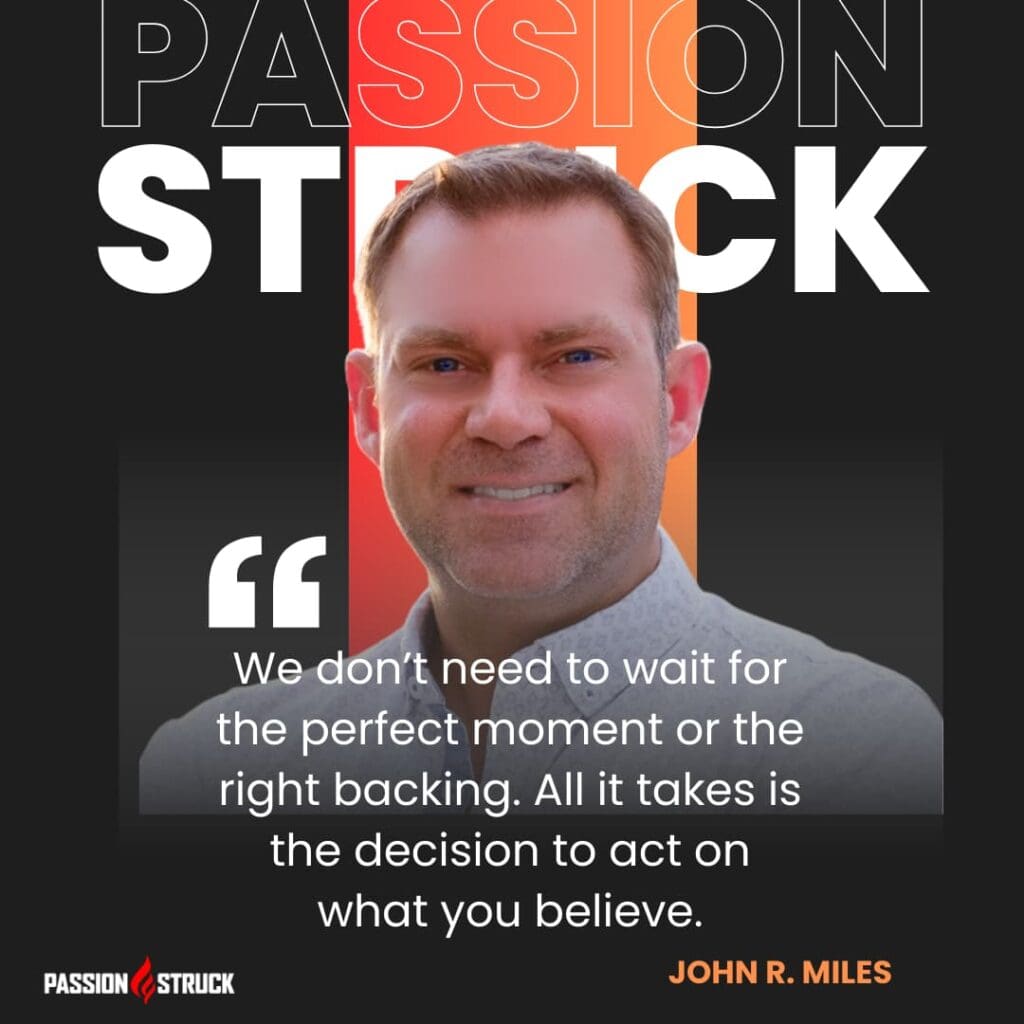
Julia’s experience invites us to reflect on what motivates us. Are we driven by anger at the injustices we see, or are we motivated by love for the solutions we’re working toward? Anger can be a spark—it can wake us up and call us to action. But to create lasting change, we must transform that anger into love-driven action. It’s love that gives us the strength to endure, the patience to persevere, and the vision to build something better.
So, what motivates you? If you find yourself acting out of anger, ask how you can shift that anger into love. How can you channel that energy into something constructive, something that builds rather than destroys? As Julia’s story shows us, acting out of love is what creates true, lasting change.
However, love alone is not enough to carry us through the most difficult of challenges. Even Julia, with all her conviction and passion, didn’t endure her time in Luna alone. She relied on a community of supporters to bring her food, supplies, and moral support. Love is powerful, but we also need the strength of others.
Lesson 6 – The Power of Community
While Julia Butterfly Hill spent 738 days physically alone in the branches of Luna, she was never truly isolated. A dedicated group of activists and supporters were her lifeline, ensuring that she had food, supplies, and emotional encouragement. These supporters hiked up difficult terrain in all weather conditions, sometimes in the face of opposition, to deliver what she needed. Without their help, Julia’s protest might not have lasted as long or been as effective.
This is the final and perhaps most important lesson of Julia’s story: the power of community. While Julia’s courage and resilience are what captured the world’s attention, it was the community that formed around her that sustained her, allowing her to focus on her mission. Those on the ground took care of the logistics, freeing her to do the hard work of staying up in that tree day after day. And when she finally descended after two years, Julia didn’t retreat from the spotlight. Instead, she used the attention to build and support organizations like Circle of Life, which furthered the cause of environmental justice and inspired others to take action.
Her journey reminds us that even the strongest, most dedicated individuals cannot accomplish great things alone. We all need support. Julia may have been the face of the protest, but behind her was a community of activists, environmentalists, and supporters who believed in her mission and played a vital role in making it successful. Community gives us strength, especially when the path is difficult, and the challenges feel overwhelming.
This lesson is a call for all of us to recognize the importance of building and contributing to communities, particularly around causes that matter. If you’re passionate about something—whether it’s environmental activism, social justice, or any other mission—know that you don’t have to do it alone. There are always others who share your values and are ready to support you. And if you’re not yet part of a community, how can you begin to build or contribute to one?
Whether you’re fighting for a cause or simply seeking a sense of belonging, community is key. It’s the network of people who help lift you up, the ones who stand with you when things get tough, and the ones who celebrate with you when you succeed. Julia’s time in Luna showed her—and all of us—the immense power that comes when we unite behind a common purpose.
Conclusion: The Legacy of Luna
As we reflect on Julia Butterfly Hill’s remarkable journey, it’s clear that her time in Luna was never just about saving one tree. It was about something far greater: inspiring people around the world to understand that one person’s influence can make a difference. Julia didn’t climb into the branches of Luna to become a hero—she did it because she couldn’t stand by and do nothing. She saw injustice and destruction, and she made the choice to act, even when the outcome was uncertain.
Her Legacy is a testament to the power of commitment, courage, and community. Julia’s story reminds us that we don’t need to wait for the “right moment” to take action. Sometimes, it’s up to us to create the moment, to step up when no one else will, and to trust that our actions—no matter how small they seem—will have an impact. As Julia herself said, “Every single choice we make, makes a difference and has an impact.”
The Legacy of Luna lives on, not just in the ancient tree that still stands today, but in the hearts of millions of people who have been inspired by Julia’s message. She taught us that courage isn’t about being fearless; it’s about choosing to act even when fear is present. And most importantly, she showed us that none of us can do it alone. Her success wasn’t just the result of her own strength—it was the strength of the community that supported her and the people who carried her message forward.
So, as we conclude, I invite you to reflect on your own life. What choices are you making? What stands are you willing to take, even when the road ahead is uncertain? And how can you live in a way that honors the legacy of people like Julia Butterfly Hill, who chose to act out of love, courage, and commitment?
The world is waiting for more people like Julia—people who are willing to stand up for what they believe in, to make intentional choices, and to build communities around causes that matter. The question is: will you be one of them?

